Pre-K at Home: 10 Easy Ideas for Early Education
Are you thinking about homeschooling? My kids have all been itching to learn, starting around 2.5 (and way too young to send to school). I took advantage of their curiosity and started early education at home. Preschool and kindergarten topics are so easy and don’t take a lot of effort.
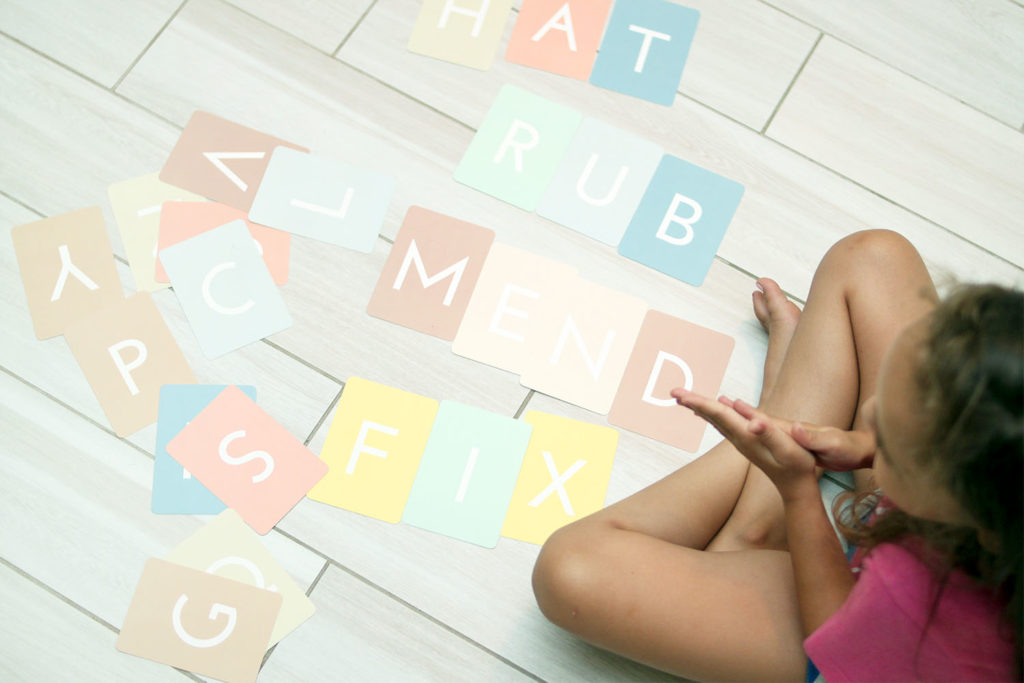
So far, I’ve done two years of pre-k and one year of kindergarten at home before sending my oldest to school at the age of six. Whether you want to keep homeschooling or not, getting in at least a couple of early years at home has been great from my perspective. Not only does it help prepare them for the classroom and teach them to love learning, it doesn’t push them to focus too hard too fast.
Reasons for Schooling Early Years at Home
Not everyone is able to school at home. For various reasons (work requirements, health, etc.) you might not have the option, so schooling at home is not for everyone. But for the vast majority, holding off kids for school until age six has shown to provide better results.
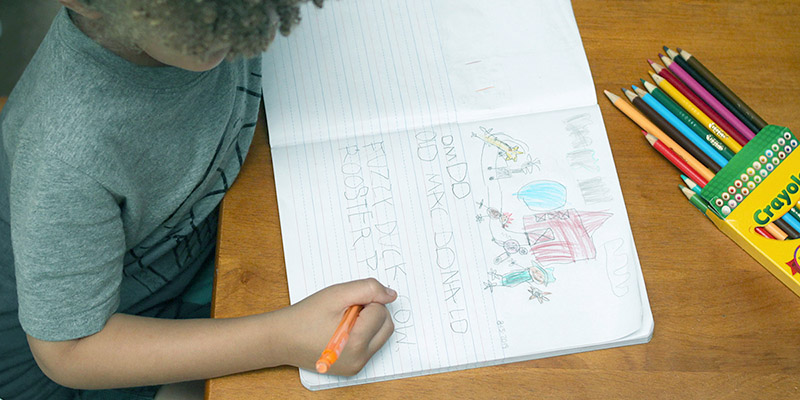
Newer studies have shown that holding kids off for just one year (until age six for kindergarten) has resulted in a 73% increase on test scores for hyperactivity and inattention over the next four years. Kids need time to explore and play.
I’ve posted before about giving your kids time to be bored. Kids need a time for structured and social play, just as much as they need a time to explore on their own without many restrictions or distractions. They get exhausted by school that can be done simply over the course of everyday life.
Don’t Get Overwhelmed with Early Education at Home
Before I list ten ways to do education at home, I want to stress that this shouldn’t be overwhelming. At age 2-6, school should be easy and mostly natural. There are a lot of resources online, but there is also a lot of pressure on sites like Pinterest (and even blogs like my own). Focus on the small, daily moments that will build into larger learning skills.
It can be really fun to do extra, in-depth activities, but don’t feel like that needs to be an everyday thing. It takes baby steps to learn to run—let your kid take baby steps with early education by starting slow and steady. Anyone can teach early education to their kids. Here are ten great ways to work on early learning topics at home.
10 Ways to do Early Learning at Home
Whether you are working with a preschooler or kindergartener, you can use these simple tips to work on education at home. Give your kids a kickstart to learning without sacrificing their free time for playing and exploring.
1. Appreciate the Art of the Scribble
I’ve always loved teaching early art education and I can’t stress how important scribbling is. Kids need to be able to confidently explore their control of the pencil. Make sure your child has time to scribble until he or she developmentally is ready for moving towards representational drawing.
Encourage your child by expressing how good the lines or shapes are, not pushing them to represent shapes or people before they are ready. Scribbling is the first stage to writing and drawing. Your child will likely scribble into age three, though all kids are different. You will know when your child is trying, verses when he or she is stabbing the paper with a pencil and not putting any effort into it. Focus on the expression and focus, not the end result for early learners.
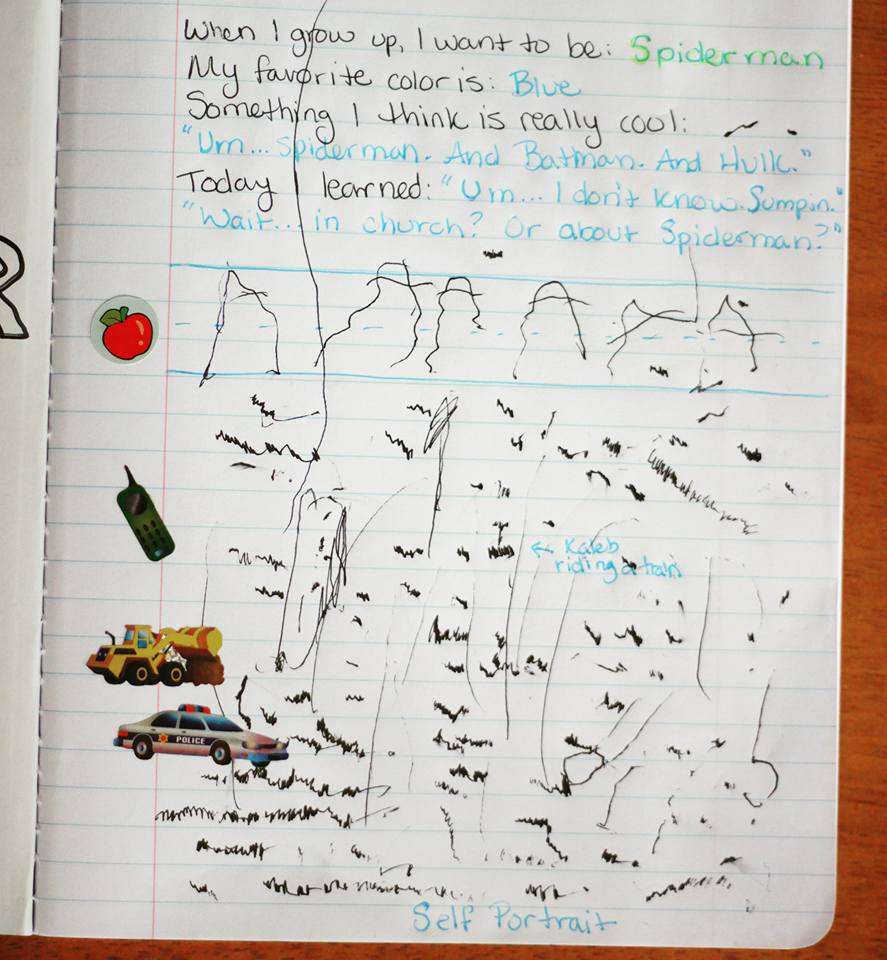
There may be times you focus on other forms of progress, like coloring in the lines or creating letters—if you feel your child is ready, but there should be plenty of time for them to express themselves on paper without much restriction or critique.
2. Teach in the Car
One of the biggest potential time wasters in our life is the car. Even though we aren’t in there that much, it can also be one of your biggest assets as an early educational resource. The car is a time where you are kind of stuck and so it can make the perfect place for learning.
Turn down the radio and keep devices out of your kids’ hands…instead, sing songs, find letters on signs, count to 20, talk about clouds, talk about where things come from, tell stories…you get the idea. There is so much you can do and talk about in the car. The best part? Your kids won’t notice it’s “school” and you will be able to multi-task your time. This is one of the easiest places to practice “boring” things, like counting and sounding out words for early spelling.
3. Get Simple Workbooks
The dollar spot at Target is one of the many places that offer simple workbooks for a very low price. With early learning, expensive textbooks or curriculum aren’t needed. Look for books that focus on one skill per page and make it clear for a focused learning opportunity. Doing a workbook page every once in a while (once or twice a week is what I shoot for) will help work on focused desk learning.

4. Repetition, Repetition, Repetition
Don’t underestimate the amount of repetition kids need to learn new things. Songs and fun picture books are a great way to repeat skills until they are learned without much effort. Most parents practice the ABCs song with their kids, but there are also songs for the seasons, rhyming books on numbers and more. By repeating songs, spellings, sounds and more, you will slowly move your child towards remembering those things without thinking about them.
5. Simple Educational Videos
I’m not a huge fan of TV or devices for kids, but they do offer a useful tool for specific things. YouTube has videos that can be put on repeat several times while you make breakfast or drink your coffee. I really like videos that focus on one sole thing, like one letter or number. Sesame Street has some great clips of just one letter. I also love the sole-letter videos from HobyKidsTV like this one:
6. Tracing Practice is Your Friend
It’s so easy to draw your child’s name with yellow marker on a paper and have him or her trace it with a pencil. Letters, numbers and simple words can easily be traced to work on handwriting and practice recognition. These are the moments where you will want to focus on them doing the assignment “correctly” before adding any scribbles or flair.
While I want them to have plenty of time for creativity and expression, it’s really good to have times where they have to do it “the teacher’s way” too. It will help them get better at following instructions, but more importantly, it will help them try things they wouldn’t naturally do on their own.
7. Find Books for Struggle Topics
You will notice at different times, different things are harder for your kid to remember than others. I’ve had kids good at numbers and struggle to remember or recognize letters. Other kids might be great with school topics, but struggle with a partial phobia (I had two that hated bugs). Get fun books on topics that will challenge your kids.
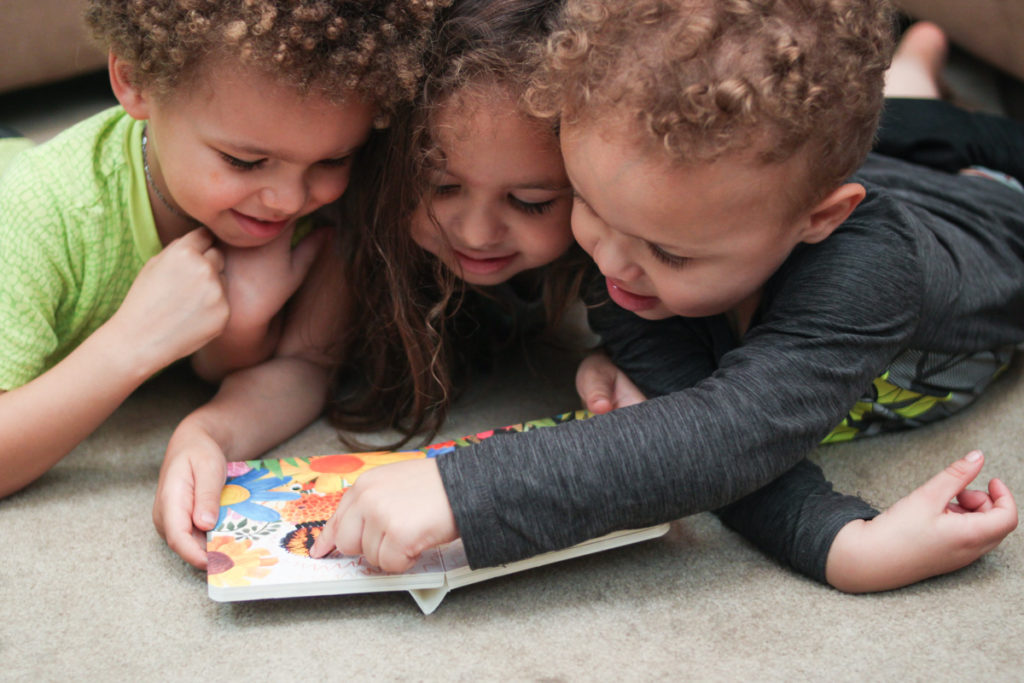
There are great books on any topic you need to cover. Here is a list of my favorite picture books for early education. Before buying a book, I always find page examples online or someone reading it on YouTube to make sure it has good pictures, is a good storyline and is fun to read. There is nothing worse than a cute book that is so boring you dread reading it.
8. Teach Nursery Rhymes
It can be easy to forget about the fun games and songs that are often taught in nursery school. Songs like Twinkle, Twinkle Little Star or rhymes like Humpty Dumpty are childhood favorites that have been around for generations. The songs and rhymes may seem pointless, but the rhyming, vocabulary and cultural point of reference are all good reasons to include them. While you might have to look up some words, this is ready-made content you can easily pull out for learning opportunities (and, remember, the kids will need lots of repetition to remember).
9. Explore Beyond the Textbooks
Probably the thing I love most about homeschooling is the opportunity to go way beyond the textbooks with your kids. Spend time gardening, cooking, exploring nature, building things, making music and more. Even household chores are a great learning experience. Let your kids learn by doing new things. Important skills, like gardening or sewing, should be passed to the next generation and homeschooling gives you plenty of time to focus on those things you find important.
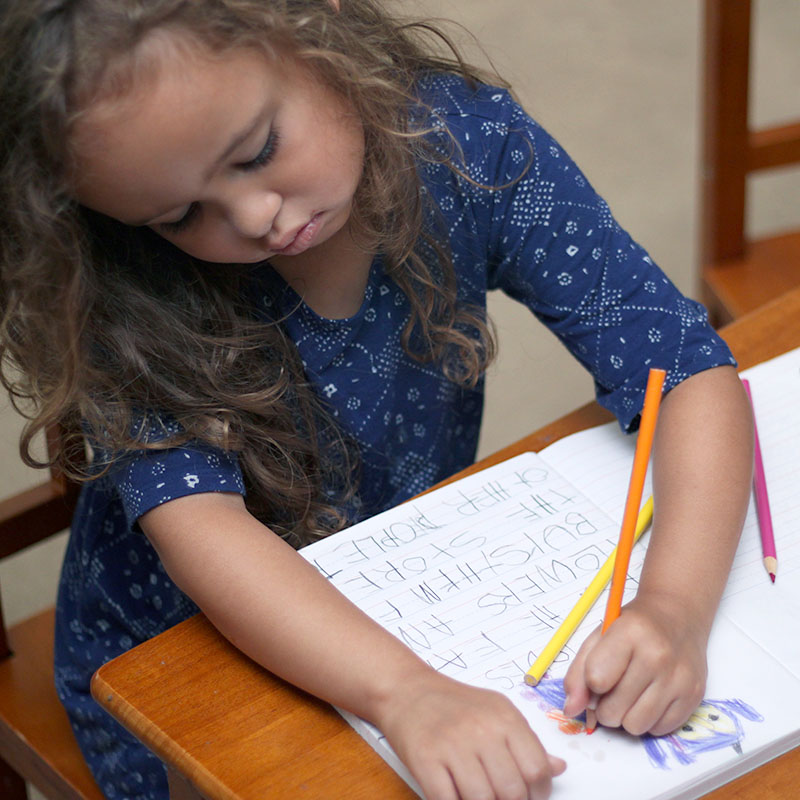
10. Focus on Social Skills
Your kids are going to interact with people all day long. How they talk to adults at the grocery store can be a great time to teach them about how to talk to strangers without being rude, giving away too much information or getting too comfortable. You will want to start teaching them privacy at a young age, especially about their own bodies. Another issue you will likely run into is either tattling or not knowing how to stand up to other kids. This is a great time to teach your kids how to clearly tell another kid not to hit/take their toy/keep poking them and then tell an adult if the other kid persists. Use these opportunities to also teach your kids about bullying and help them learn empathy.
Each of these ten ideas are things you can easily incorporate into your daily life without a lot of expense or pressure. School at home can be fun and easy!
